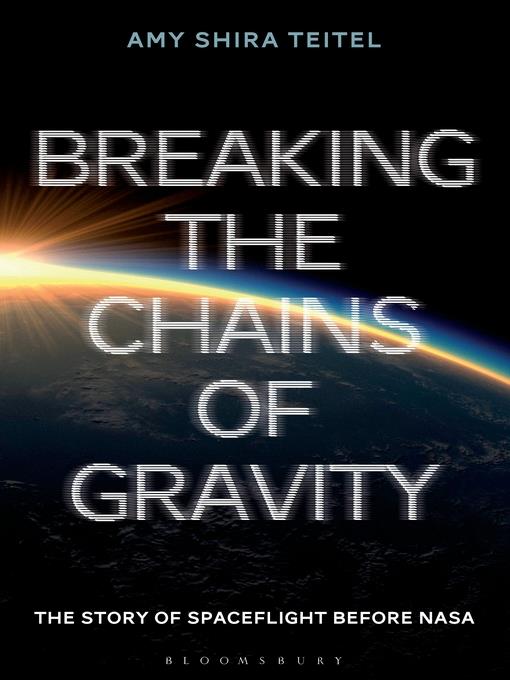
Breaking the Chains of Gravity
The Story of Spaceflight before NASA
کتاب های مرتبط
- اطلاعات
- نقد و بررسی
- دیدگاه کاربران
نقد و بررسی

November 23, 2015
Teitel, an expert in the history of spaceflight and the host of the YouTube channel Vintage Space, illuminates the foundations of American spaceflight with this exceptional and detailed “prehistory” of the field. Jules Verne’s 1865 novel From the Earth to the Moon inspired a generation of rocket engineers and scientists in the early 20th century. Searching for more power than gunpowder could provide, Romanian-born physicist Hermann Oberth designed the earliest liquid-fueled rockets, and his 1923 book, The Rocket into Planetary Space, spurred the formation of Germany’s Society for Space Travel, a home for kindred space-gazing engineers and scientists. One of those was rocketry pioneer Wernher von Braun, whose work on the Nazis’ V-2 rocket program that (with some fast talking) eventually earned him and his team postwar jobs working at America’s new White Sands Missile Range in New Mexico. Teitel takes readers through the nitty-gritty of government-program goals, advances in design and technology, and a host of animal flights, charting the ever-winding path to the 1958 creation of NASA amid America’s political and scientific focus on manned spaceflight. Even for readers already familiar with NASA’s story, Teitel’s history is fascinating new territory, filled with a galaxy of lively characters who share a stubborn determination to reach orbit.

January 1, 2016
In her first book, science writer Teitel (MA science and technology studies, York Univ.) explores the unheralded "prehistory" of NASA (National Aeronautic and Space Administration), which began long before John F. Kennedy's pledge in 1961 to land a man on the moon. NASA's achievements, from the moon landing to the New Horizons flyby of Pluto, can be traced back to 1920s Germany, where Max Valier and Hermann Oberth's first experiments with rocket propulsion coincided with the rise of Hitler and engineer Wernher von Braun's infamous V-2 rocket. Following an account of von Braun's exciting escape to the United States, Teitel covers the key developments that led to Chuck Yeager breaking the sound barrier, the race to launch the first satellite, and finally the introduction of the Mercury astronauts in 1959. Teitel makes clear her intention to simplify this narrative for a broader audience, and at this she succeeds, threading an absorbing mix of behind-the-scenes jockeying, detailed mechanical exposition, and snap biographies of the many scientists, test pilots, and politicians instrumental in forging the new space age. VERDICT Aircraft and rocketry geeks will find the most to love in this jet-powered history, but it's a great primer for anyone interested in the origins of space travel.--Chad Comello, Morton Grove P.L., IL
Copyright 2016 Library Journal, LLC Used with permission.

























دیدگاه کاربران